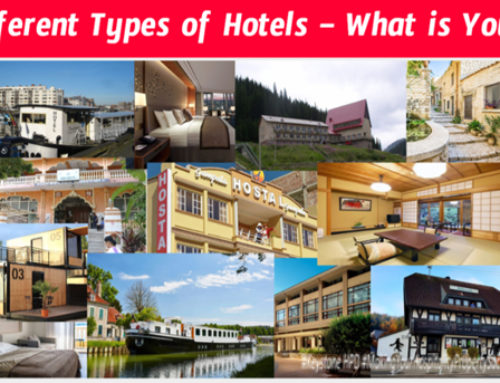.
.
Your hospitality property needs direction and it’s up to you to choose that direction by setting goals that you can strive to accomplish.
I’ll show you how to start.
Welcome to another edition of Hospitality Property School.
I am your instructor, Gerry MacPherson.
.
Today, I am going to look at setting up short-term & long-term goals for your hospitality property.
Long-term goals can be a great motivator for self-improvement. They give you purposes that you can strive to accomplish. Some of these goals might be far-off dreams, the ones that inspired you to open your property in the first place.
Short-term goals can allow you to stay on track toward attaining your eventual long-term goals. By setting goals, you will be more focused since you will know exactly what you where you want to go and to achieve.
“People who wrote down their goals were 42% more likely to achieve them than the ones who didn’t. Telling a friend increases this rate to 78%”
The first step of preparing both long and short-term goals is to know exactly what you want. This means that your conscious should be clear before setting any type of goal and you need to write it down. It is important to make realistic goals.
I’ll explain this in more detail, right after a word from our sponsors.
Before the break, I said I would go into more detail about setting realistic goals.
Being realistic means that you are setting goals which you know you can attain and avoid the frustrations that come when you repeatedly fail to achieve your goals. It’s a fact that many people give up because they are set too high and as a result fail to achieve their objectives.
Setting the short term goals is simpler because they could be reached in days, hours or minutes and due to the fact it is a shorter time period, you can see factors that might hinder you from achieving them.
On the other hand, long-term goals can be a bit more challenging. This is because the factors you had pondered while determining these goals might change with time. When setting long-term goals it is advisable to remember some factors might change. You have to be flexible.
.
This means you should set goals with options of changing as time progresses.
.
The end results of the long-term goals should not be specific. Instead, your long-term goals should have a range. For instance; you can say in five years you want to reach a certain income level or open two or three other properties.
This will motivate you towards expanding your business without being too specific on the end results.
How do you start? You need a vision.
You must write down where you want your business to be in three to five years. These goals should include:
- what you want in terms of market share
- the number of employees
- amount in sales
- net worth of the company
- your personal income
.
Does this make sense so far? Let me know in the comments.
.
Reverse your steps
Once you know where you want to go, think about what needs to happen before you reach each of your long-term goals.
For example:
If you want to manage room gross revenue of $1 million, before that you have to determine what you need to achieve to reach of $750,000 in sales.
Then keep working backwards to the present day and set dates for each step.
.
.
Categorize the steps
Once you have all of your steps, place them into categories. Some will relate to sales, to profits, to expansion and others to advertising and marketing. You may find exclusive categories that identify to your specific operation.
By categorizing the steps, you relate them to your existing business practices.
.
.
Create Objectives
You should create objectives for each aspect of your businesses operation based on the categorization of your steps. Objectives are the stepping stones on the path and the vision is the destination. You should list your short-term goals and then long-term goals in sequence so that you can make sure every activity you engage in contributes to your overall vision for your company.
.
.
Remember
You should make it a habit to write down your goals every day, as it makes them more compelling.
But goal-setting by itself isn’t enough, you have to follow it up with action to make that goal a reality – and that’s where most people fail.
.
.
In Conclusion
There you have it, a basic guideline to help you get started with setting short-term and long-term goals.
Including:
Having a vision
Thinking backwards
Categorizing
Creating objectives
.
Have you written out your short-term and long-term goals? What are they?
.
In the next couple of episodes, I will be talking more about the need for an operations manual and what it should be included.
.
.
Have you been checking out the new “INNsider Tips” series released every Thursday? If you haven’t seen them yet, they are short weekly videos that are designed to help you, hospitality property owners and managers grow your property. Make sure to check the out at KeystoneHospitalityDevelopment.com or on YouTube by searching INNsider Tips.
.
.
⇒ TO READ OR LISTEN TO THIS EPISODE ON KEYSTONE HOSPITALITY PROPERTY CONSULTING:
https://keystonehpd.com/KHDC197
.
.
Join one of our private groups
https://keystonehpd.com/private-groups
.
.
Say hi on social:
Facebook: https://www.facebook.com/KeystoneHDC
.
Twitter: https://twitter.com/KeystoneHDC
..
Linkedin: https://www.linkedin.com/company/keystone-hospitality-development
.
.
Listen to The Hospitality Property School PODCAST here:
https://keystonehpd.com/itunes-podcast
.
https://www.spreaker.com/keystonehdc
.
.
YouTube
.
.
A Division of Keystone Hospitality Development Consulting
.






